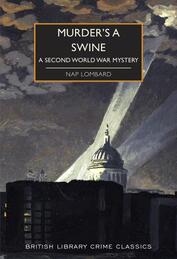
Indeed, the style and tone of Murder’s a Swine is intelligent and charming, and if the puzzle plot (and especially the means of coercing the killer to confess) falls a little short, the prose and characterization – not to mention an intriguing setting that provides a snapshot of English suburban living in the early days of the war – keep the reader engaged and entertained. Along with an ARP warden, Agnes Kinghof uncovers the body of a man hidden among sandbags in a darkened alley. The victim proves to be an estranged relative of one of the Kinghofs’ neighbors, a kindly woman with a weak heart named Mrs. Sibley. She soon becomes the target of escalating, pig-centered pranks, with a sow’s head appearing in the service lift and another head popping up uninvited at a Punch and Judy show.
Despite the couple’s efforts, the malevolent prankster soon dispatches Mrs. Sibley, and seems to have set his sights on another relation, “Bubbles” Ashton. Andrew and Agnes work to protect the young woman, and the felicitously named Inspector Eggshell also keeps a close watch. It is Andrew’s cousin, the alternately magisterial and misanthropic Lord Whitestone, who resents the pair’s meddling: the man has ties to Scotland Yard and the Home Office and finds Andrew to be a personal irritant. Due to his stubbornness and portly carriage, Agnes has dubbed Lord Whitestone, half affectionately, “Pig”.
The story is decently plotted and well-paced, and the co-authors display an astute eye for narrative detail. The observational humor regarding characters and situations reminded me at times of the humanist tone I love to find in the novels of Gladys Mitchell. Take this example: Lord Whitestone reluctantly accepts an invitation from the Kinghofs for a night out, only to be held captive as an audience member for a charity talent show featuring Boy Scouts and Girl Guides. The authors describe the scene (and Pig’s growing discomfiture) in this amusing and vivid way:
After a few more couplets and a dance, the girls disappeared, only to reappear a few moments later to receive the thunderous applause of their fathers and mothers. When they had disappeared for good, the last three tripping over Bessie Milton, who was trying to get more than her fair share of the reception, a stringy young woman with glasses and pale-blue false teeth announced that Scout Percy Fiddle would give an impersonation of Mae West. This was so embarrassing that Pig took out his season ticket and read it carefully front and back until Percy had bowed his way off the stage.
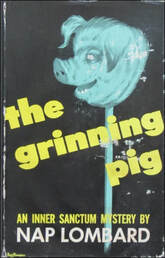
Reviews can also be found on my colleagues’ blogs at Beneath the Stains of Time and crossexaminingcrime. I received an advance reading copy from NetGalley in exchange for a forthright review.
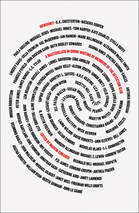
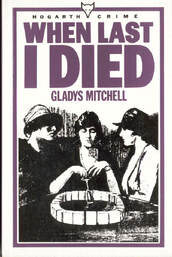
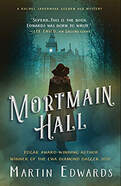
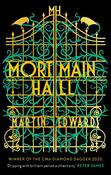
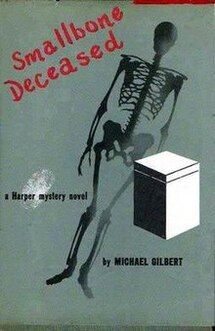
 RSS Feed
RSS Feed